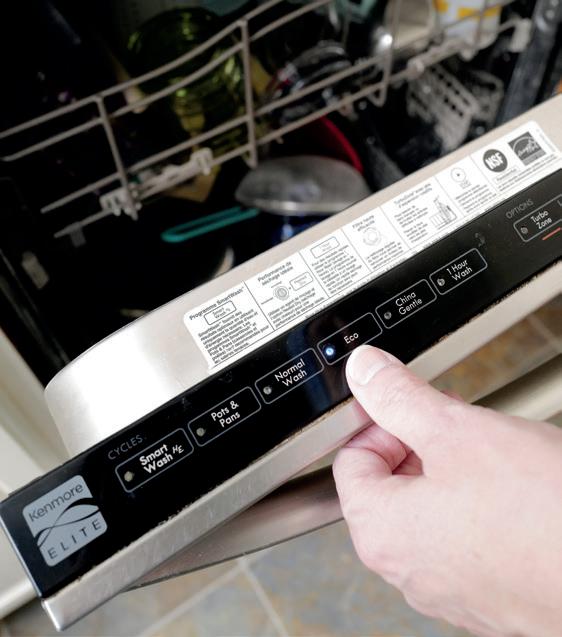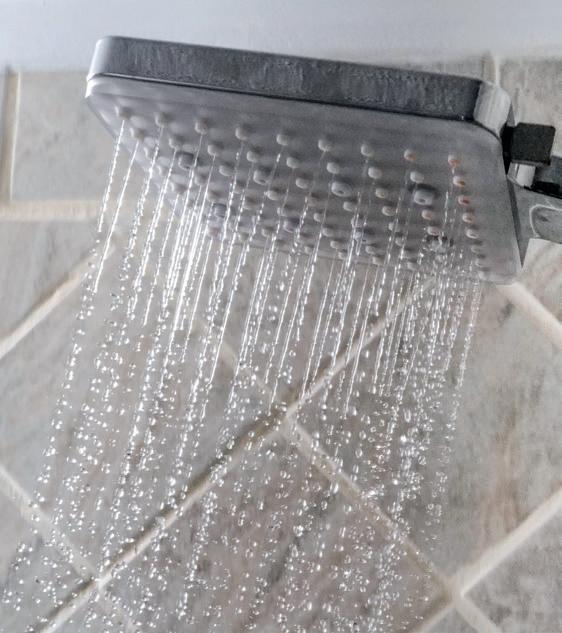
2 minute read
Efficiency tips for residential well pumps

It’s common for co-op members to rely on well water for their homes. Homeowners are responsible for maintaining their wells and paying for the electricity needed to run well pumps. Here are some simple steps you can take to maintain your residential well and use less electricity:
Get your well system inspected.
If you’re concerned about the costs of using your well, start with an inspection. Well pumps work every day and parts wear over time. Regular maintenance can improve efficiency and increase the lifespan of the system.
The proper system design and sizing can save energy. Oversizing equipment can waste energy. Ask a professional whether your well equipment is properly sized for your needs. In some cases, adding a variablespeed drive can save energy.
Things can go wrong with your well that are hard to spot. The water system may even act normally with good water pressure and flow while using more energy and causing higher bills.
One of the most common causes of increased energy use is underground water line leakage between the pump and the home. Water lines can freeze and break or be damaged by digging or vehicles driving over underground lines.
Even if your well is in good working order, there are practices you can implement to save on your electric bill.
Save money by lowering your water use.
The less water you use, the less energy you use. Here’s how you can conserve water and electricity:
Toilets. Check your toilet for leaks by putting a few drops of food coloring in the tank. If the color appears in the bowl without flushing, your toilet has a leak. This is likely caused by a worn flapper, which is inexpensive and easy to replace yourself.
If your toilets were installed before 1994, they likely use more than 4 gallons per flush, well above new energy standards of 1.6 gallons. The average family can save nearly 13,000 gallons per year by replacing old, inefficient toilets with WaterSense-labeled models.
Another option is the tried-and-true plastic bottle method. Place sand or pebbles into a one- or two-liter bottle and place it in your toilet tank. This results in less water filling the tank and less water being flushed.
Dishwasher. If you wash dishes by hand, start using your dishwasher instead. Did you know new ENERGY STAR-certified dishwashers use less than half the energy it takes to wash dishes by hand?
According to the Department of Energy, this simple change in habit can save more than 8,000 gallons of water each year.
Washing machine. Run your machine only with full loads to save water and energy. You may also consider upgrading to an ENERGY STAR-certified washing machine, which uses about 20% less energy and about 30% less water than regular washers.

Showerheads and faucets. Get leaky showerheads and faucets fixed. A leaky faucet that drips at the rate of one drip per second can waste more than 3,000 gallons of water per year.

Faucet and shower aerators are inexpensive devices that reduce water flow. For maximum water efficiency, look for faucet aerators with no more than 1 gallon per minute flow rates and low-flow showerhead flow rates of less than 2 GPM.
Understanding proper well system design, maintenance, and water conservation will help you save energy and money.










